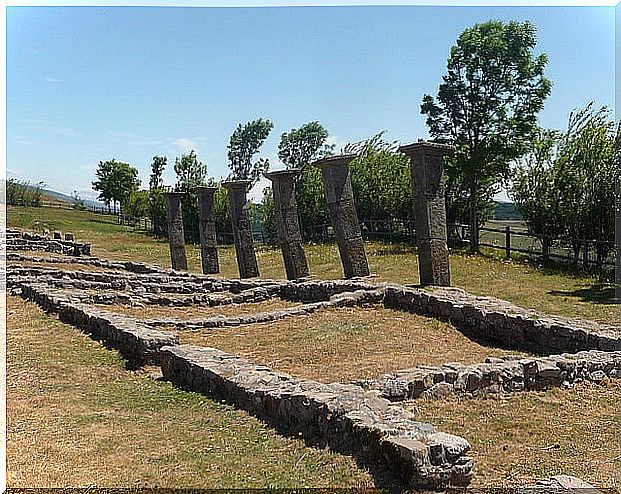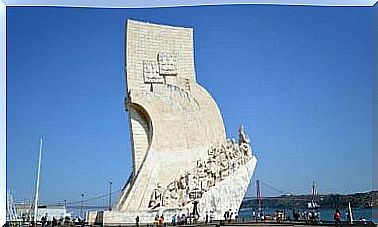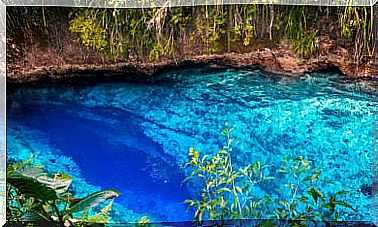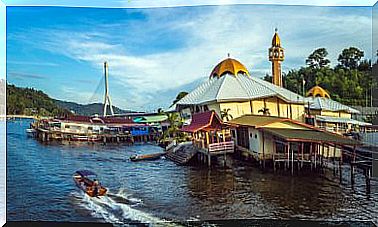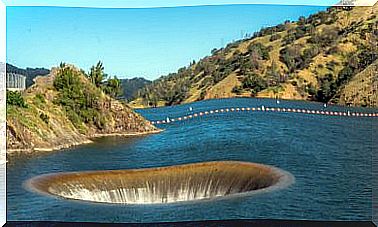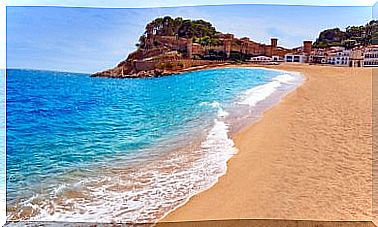The City Of Oba And Its Importance In Roman Hispania
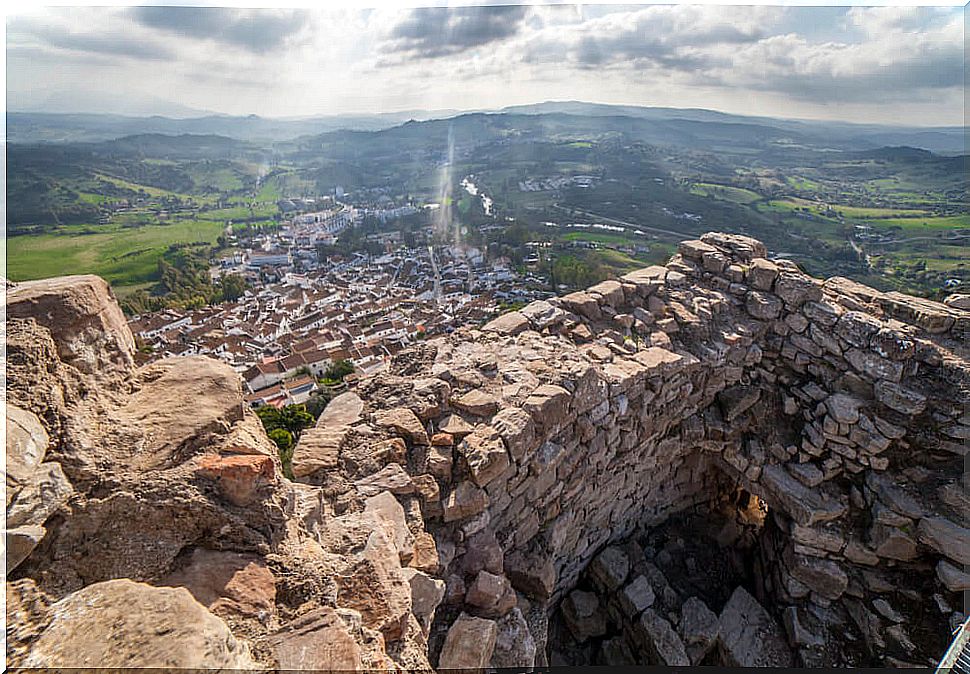
Visiting the province of Cádiz can be a cultural experience, especially for lovers of historical tourism. In it we will find places of interest such as the Phoenician site of Doña Blanca or those of Carteia, but, without a doubt, there is an obligatory stop in this province of Andalusia: the ancient city of Oba, in the town of Jimena de la Frontera.
The ruins of the ancient city of Oba have, in addition to a fairly well-preserved castle-fortress, other remains that speak of the life of this region, valued for its strategic position. In this article, we want to get a little closer to the ancient history of this small Spanish town.
The origins of the city of Oba
Stories about the ancient city of Oba number in the hundreds. Among them, according to some historians, stands out that the great-grandfather of General Marco Antonio was born here, who helped Julius Caesar himself and was closely related to Cleopatra.
The city of Oba was originally a Phoenician city that, around the s. VII BC became a Roman city. It was built on a hill between the Bay of Algeciras and the Serranía de Ronda. Precisely, it would be its magnificent strategic location that would make this city a coveted place by many.
The Muslims decided to build their own city, but without removing the foundations of the main structures of the ancient Roman city. They called it Xemina and it belonged to the Taifa Kingdom of Seville, from the year 1059 to 1453, with the arrival of the Christians.
The struggle to maintain this excellent strategic position would result in the defeat of the Christian army. Finally, in 1456, the city of Xemina was incorporated as part of the Crown of Castile.
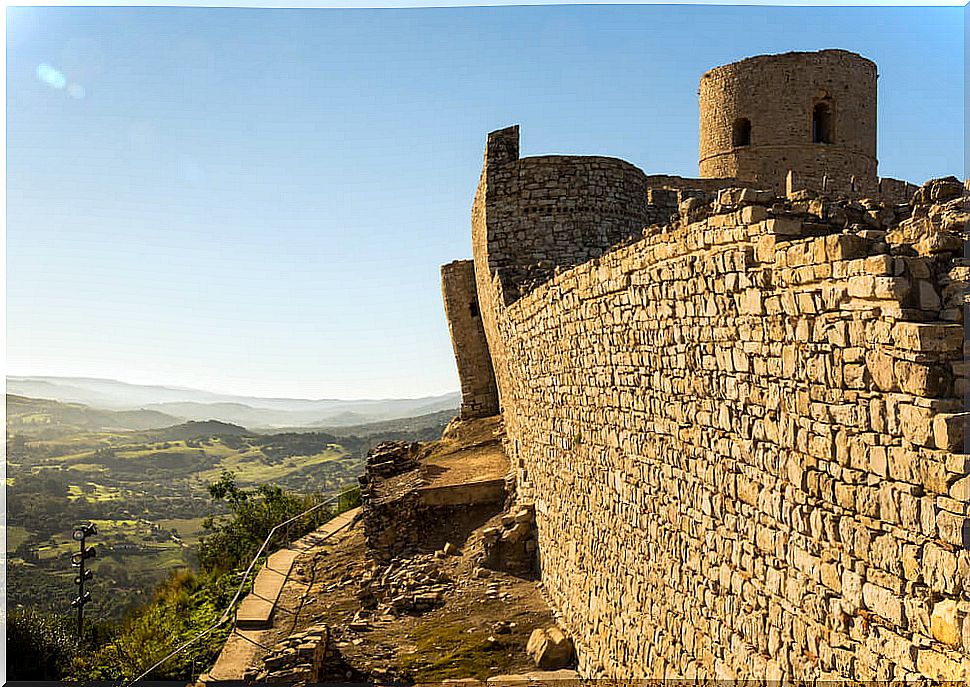
However, the city of Xemina would be relegated to abandonment until 1811, during the War of Independence. At that time, the status of the old Muslim fortress as a military base was revalued.
Already during the 19th century, the castle would be restored. During this process and after the use of the surrounding land, the first ruins of the ancient city appeared.
Currently, recent excavations carried out by a team of archaeologists from the University of Seville place the city of Oba as one of the most important Roman settlements in the entire Spanish peninsula.
The ruins of the city of Oba and other places of interest
In the Cadiz town of Jimena de la Frontera are the ruins of this ancient city of Phoenician origin, which has been declared a Historic-Artistic Site. Without a doubt, the first thing that will catch your eye is the old Muslim fortress. This, along with the walls and the cistern known as the Bath of the Queen Mora, are among the elements most admired by tourists.
In addition, in the surroundings of the castle we will find the archaeological ruins, where we can observe from wells to Almohad houses, as well as the old road, a small temple, the walls and a large part of the old hydraulic network of the city.
To complete the visit to this picturesque town, we should not miss the opportunity to visit other buildings of great historical value, such as the Church of Victory or the building of the Royal Artillery Factories.
In the same way, we can also walk through the Natural Park of the Alcornocales – photo below – or go to the Laja Alta Cave, in Altabacar, where we can see cave paintings. In fact, these are particularly well known, since they are the first representations of maritime scenes in Spain.
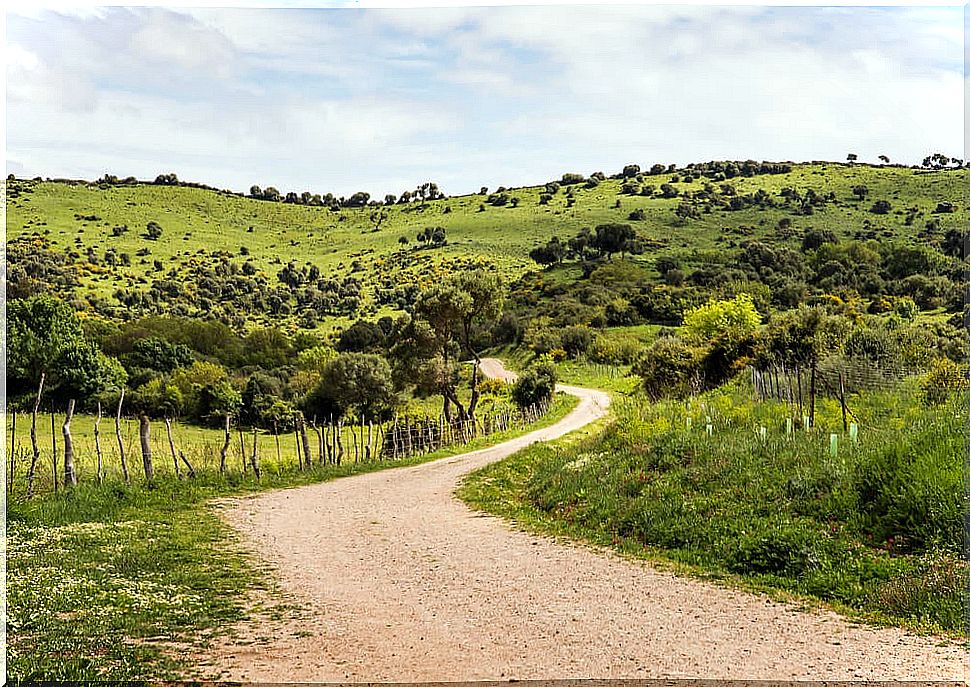
Useful tips to enjoy your visit
If we are in Spain, it will be very easy for us to get to the town of Jimena de la Frontera, in Cádiz. To do this, one of the best options if we go by private vehicle is to take the A-405 motorway, which will take us directly to the town. In addition, we can also travel by bus taking one of the available lines, either from the capital of the province or from Algeciras.
Once in the town, we will have available from simple rural-style accommodations to other necessary services, such as ATMs or restaurants. We recommend visiting it between the months of March and June, which is when the temperatures are most pleasant and there are sunniest days to enjoy the ruins.
To get to the castle we can easily access the vehicle and park it near the enclosure completely free of charge. Those who prefer to take a walk may choose to go up on foot and enjoy the views of the Cadiz mountains. Truly, a very enjoyable getaway visit. Would you like to meet him?
